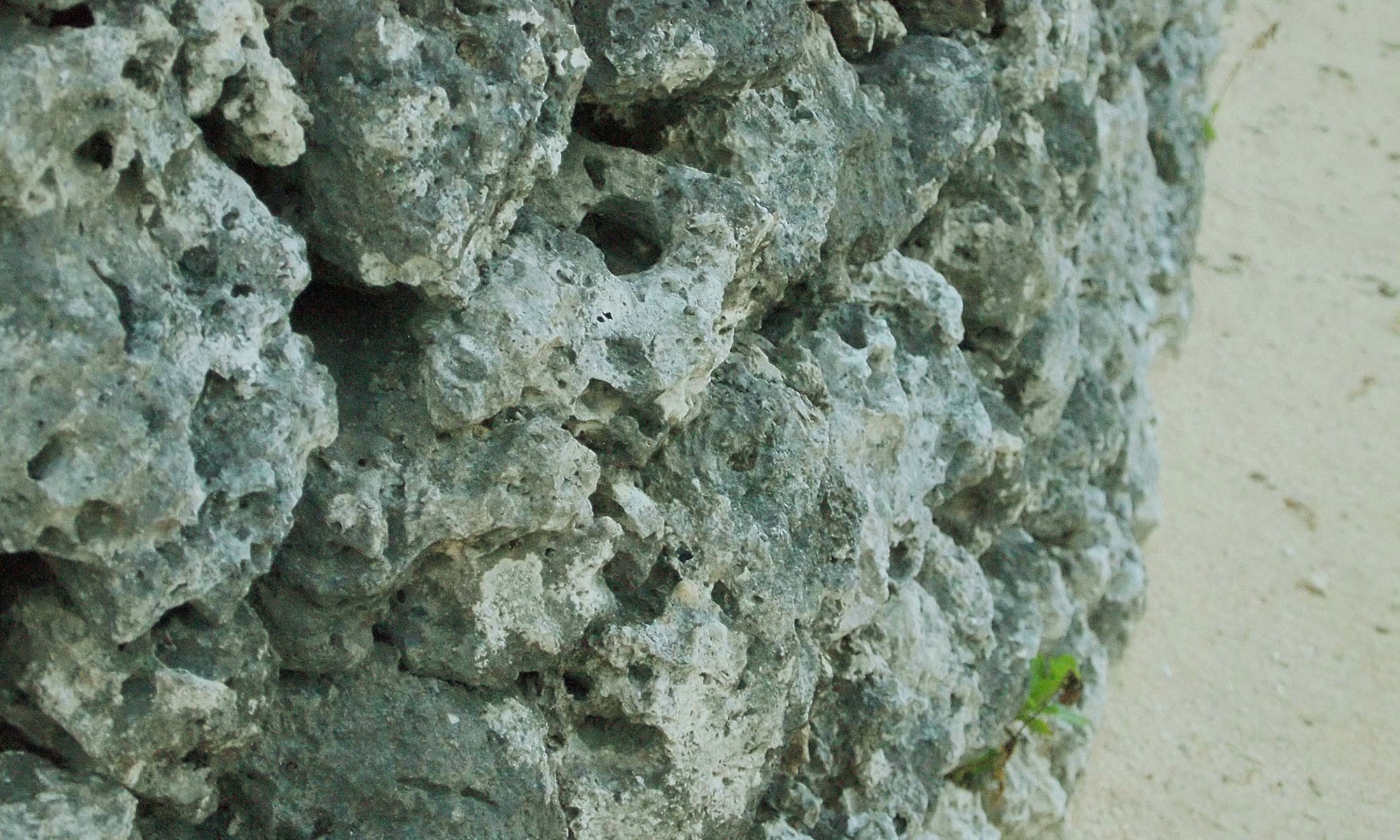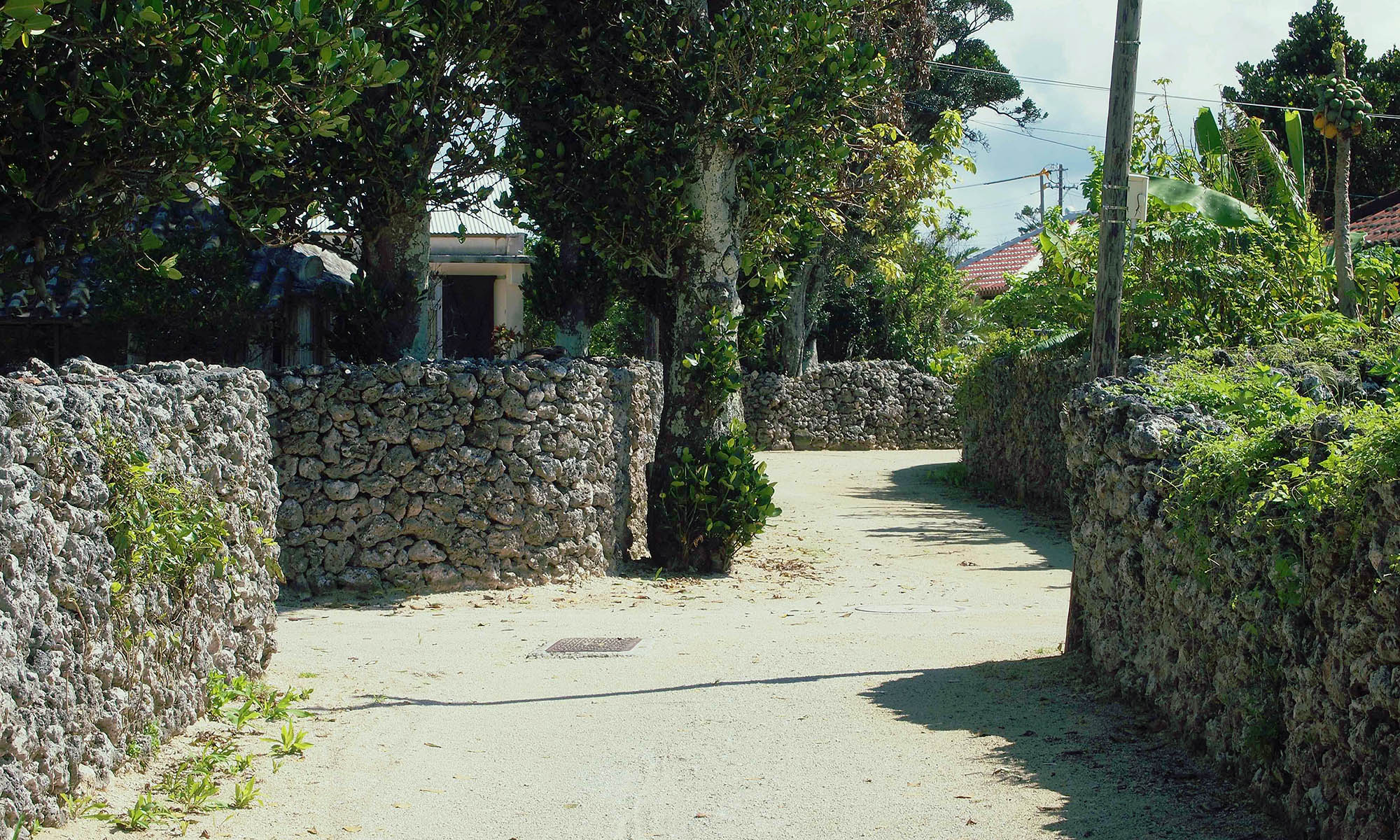


毎日の行いがつくる道
A Road Created by Everyday Deeds
定規で引いたのではけっして生まれない線
竹富島は、面積が5.5km²、一周で8.3kmしかない沖縄八重山地方の小さな島。周囲をまわる道だけが舗装されていて、その内側は、まったく舗装されていない。いや、「されていない」のではなく、あえて「していない」。
朝、日が登るころ、枕元から、ざ、ざ、という音が聞こえてくる。皆が起きだす前に、道の砂を竹帚で掃く音だ。朝食のころともなれば、足跡ひとつない道に、すっかり清められている。それが、皆が道を歩き始めるにつれ、砂は踏みしだかれて、くずれてくる。多くの民家では、朝と夕、家の前の道を掃く。その毎日の行ないがあって、砂の道は雑草もなく、まろやかに起伏した柔らかい表情を見せるようになる。
ぼくたちが普段住んでいる世界は、まず計画が立てられ、それに向かって正確に実現された環境だ。完成が目指され、その完成形が維持される世界。しかし、ここの道はまるで違う。完成形が目指されていない。その逆に、ただ今あるものをなぞっている。その絶え間ない行ないの連続が、道に生き物のような優しさとゆらぎを与える。
敷地囲いは、適当な大きさの琉球石灰岩を手で積んで築かれる。かなり脆い。強い台風が通りすぎると、その一部が崩れる。それを毎年のように補修する。いつしか、微妙に囲いの位置がずれる。直線が微妙に曲がる。こうして、定規で引いたのではけっして生まれない柔らかい敷地囲いの線が、しかも巧まず、できあがる。
Lines drawn with a ruler in the birth of never
Taketomi-jima is a small island in Okinawa Yaeyama region, only with an area of 5.5km² and an outer perimeter of 8.3km. Only the surrounding road running in circle has been paved, but all the rest inside remain totally unpaved. No, they are not just “left unpaved” but “maintained to be unpaved” on purpose.
In the morning, around when the sun rises, you hear brushing sounds from over the head of the bed. It is the sound of a bamboo besom sweeping sands on the road before other people come out of their bed. By the time when breakfast is ready, roads are all cleaned up to be without a single footstep left on them. As people walk on the roads, the sands get stepped on and gradually lose their shape. Many residents sweep the road in front of their house in the morning and evening. The daily work of these people let the sand roads keep without weeds and show the velvety texture of the softly undulating surface.
The everyday world as we live in is an environment that has been precisely implemented with the predefined plans. It is a world in which we pursue the completion and maintain the final shape. However, the roads here are completely different. There is no pursuit of completion. On the contrary, they only keep tracing what is now in existence. The succession of this uninterrupted work gives the roads some softness and fluctuation like living creatures.
The fences of compounds are built by piling up Ryukyu limestones of moderate size by hand. This is fairly vulnerable. Once a strong typhoon passes by, some part of them falls down. They get repaired year after year. In the course of time, the position of fences drifts slightly. Straight lines bend slightly. This is how the soft lines of the fences impossible to draw with a ruler are created, and it is done without plastic manipulation.
青木淳(建築家)
建築家。磯崎新アトリエに勤務後、青木淳建築計画事務所を設立。作品は住宅、公共建築、ルイ・ヴィトンの店舗に代表される商業施設など多岐に渡る。代表作に「馬見原橋」「潟博物館」「青森県立美術館」がある。
Jun Aoki (Architect)
Architect. After working for Arata Isozaki and Associates, he established his own architectural office, Jun Aoki and Associates. His works cover a wide scope, from houses and public buildings to commercial facilities such as shops for Louis Vuitton. Some of his key works are the Mamihara Bridge, the Fukushima Lagoon Museum and the Aomori Museum of Art.
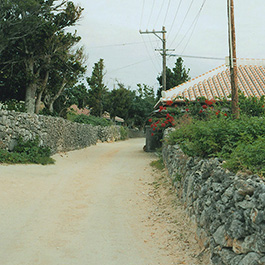

撮影:青木淳、塚本哲也
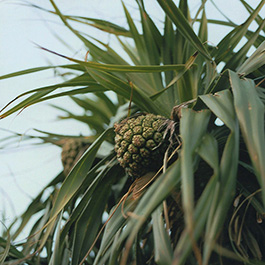
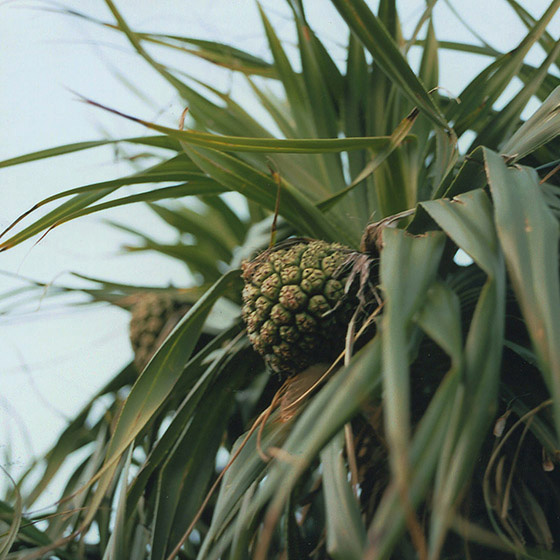
撮影:青木淳、塚本哲也
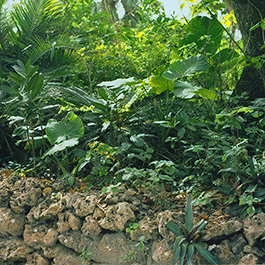
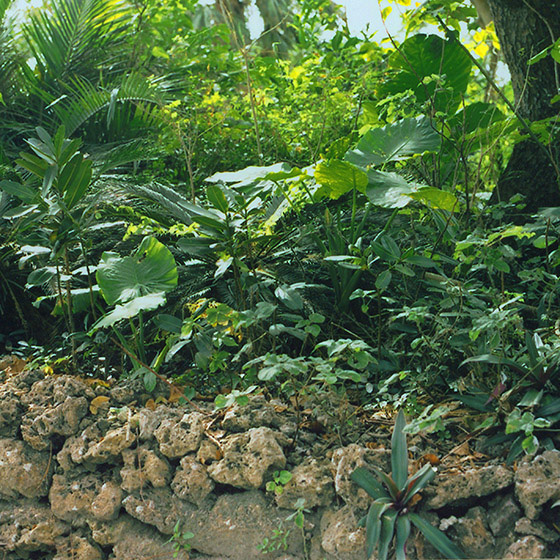
撮影:青木淳、塚本哲也
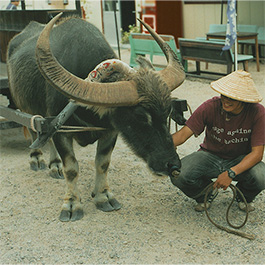
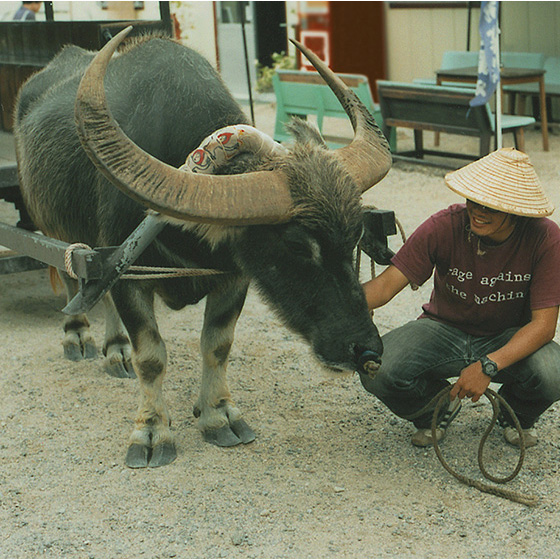
撮影:青木淳、塚本哲也
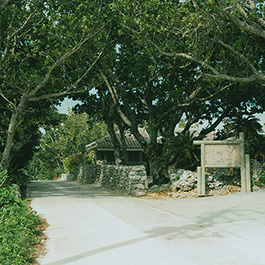
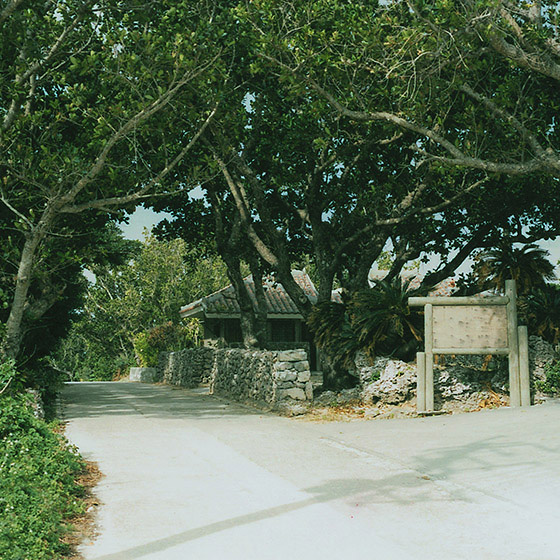
撮影:青木淳、塚本哲也
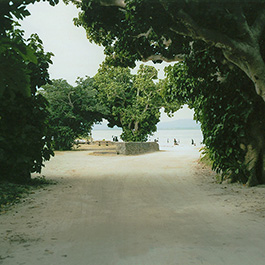
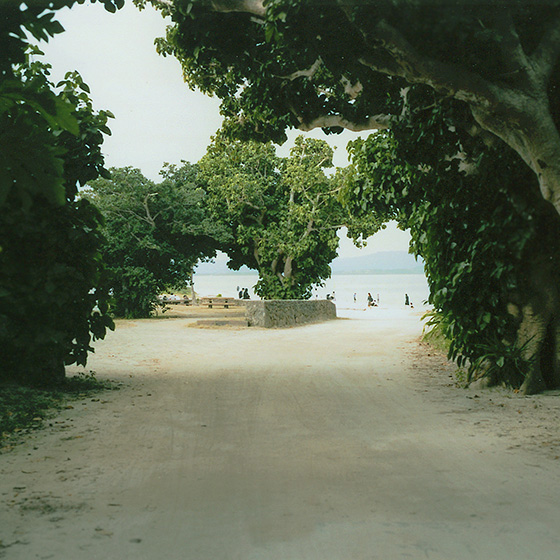
撮影:青木淳、塚本哲也
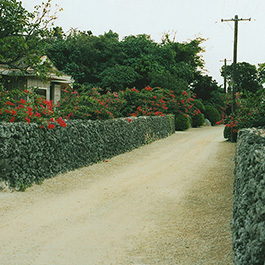
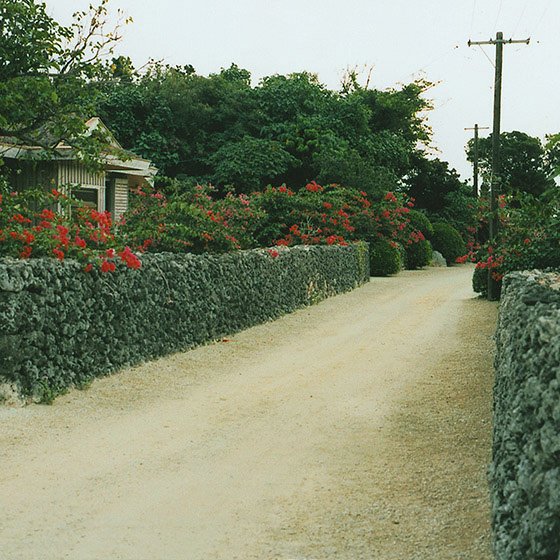
撮影:青木淳、塚本哲也
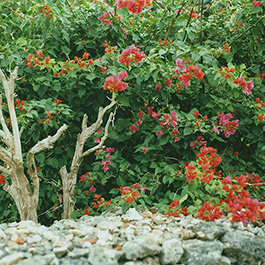
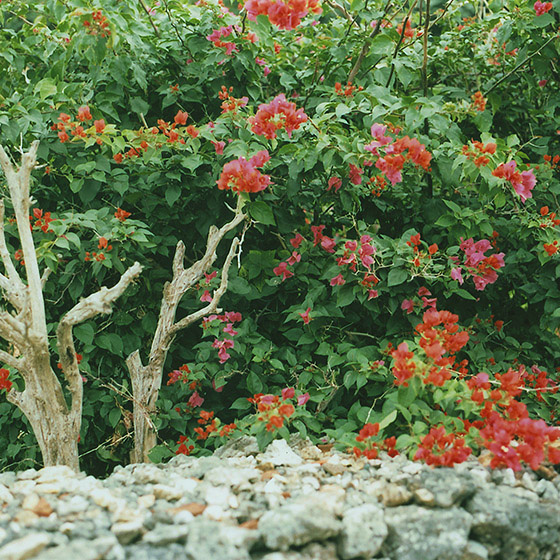
撮影:青木淳、塚本哲也
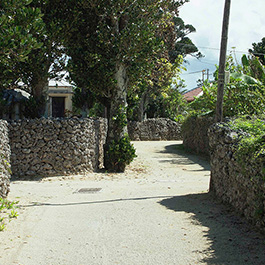
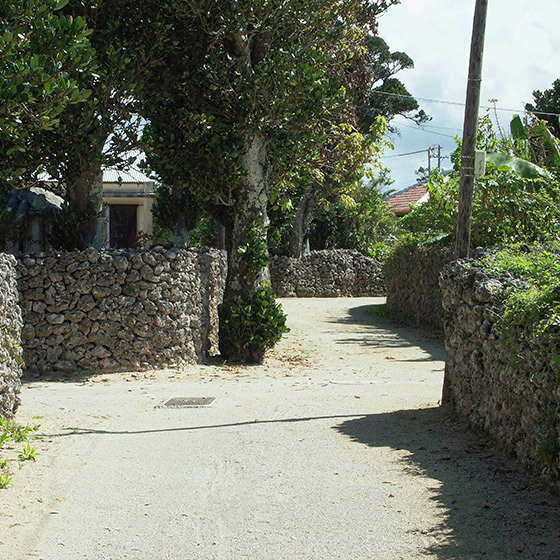
撮影:青木淳、塚本哲也
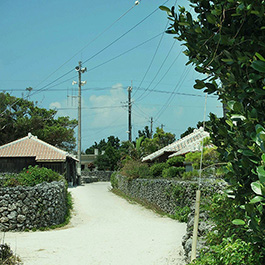
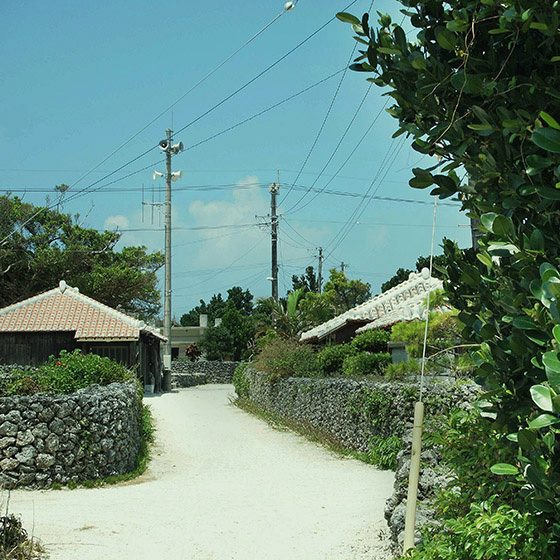
撮影:青木淳、塚本哲也
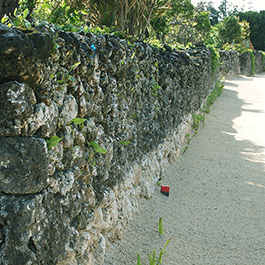
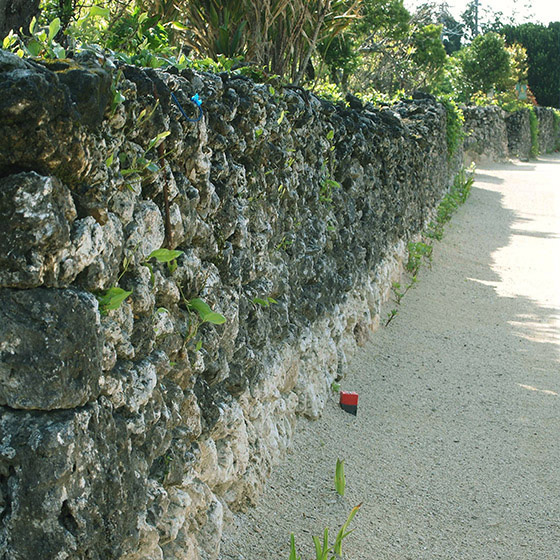
撮影:青木淳、塚本哲也
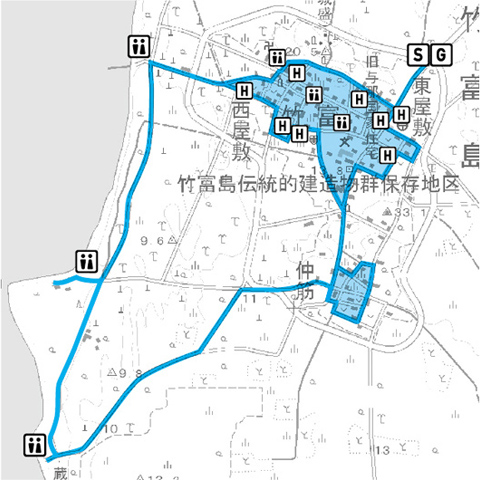
アクセス :
石垣島からフェリーで約10分
ACCESS :
About 10-minute ferry ride from Ishigaki Island
編集:高木基
撮影:青木淳、塚本哲也
製作:ランナーズインフォメーション研究所
Editor:Moto Takagi
Photographer:Jun Aoki, Tetsuya Tsukamoto
Production: Runner’s Information Research Institute
